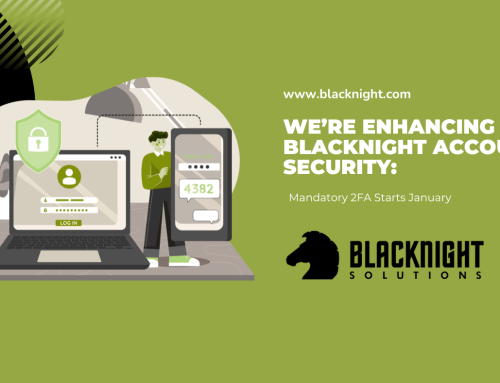Let’s paint a picture; You are creating an e-commerce website or editing your current one. Everything looks great – every product has a nice image, and you have every page 100% set up. Then, when customers go to purchase something, they can only use their card. They don’t want to get up and find it, so they’d rather use a different payment gateway. We’ve got the criteria to help you decide which payment provider is perfect your website.
First of All, What is a Payment Gateway?
This a piece of software that connects your shopping cart with a payment provider. The service authorises the transaction of credit or debit card payments online to allow customers to purchase products and services in an automated fashion. The money paid goes straight to the merchant’s bank account by the payment processor, as a result. If you’ve ever bought something online, you’ve probably been able to avail of this.
Now, Here’s What You Need to Consider When Choosing a Payment Provider:
Cost
The first thing you need to consider is if whatever you choose is going to cost your business. In this case, you’ll need to ensure that every purchase made on your website is more than the cost of your business using the payment provider. There’s three different ways you can be charged – A set-up fee, monthly fee, and transaction fee. Forbes has a great summary of the pricing per provider.
Each payment gateway will have different costs to use the service. Generally, they have a setup fee, a monthly fee, a transaction fee, and/or a fee per purchase made by the customer. The payment gateways can also charge different percentages depending on the amount the customer pays. For example, PayPal charge a percentage of the transaction plus a fixed fee for transactions above and below certain amounts.
Security
When customers are using their bank details online and giving businesses their money, they need to know that the transaction is safe. When you’re buying something online, you may have seen a ‘Secured with…’ logo underneath the form provided. This builds trust between customers and the business. PCI DSS Level 1 is the Payment Card Industry Data Security Standard and complying with this means that your customers are in safe hands. SSL Certs are an important part of PCI compliance as they provide end-to-end encryption so that any information given by the customer (particularly bank card data) is converted into an unreadable format, preventing access from hackers.
Make Sure it Works on Mobiles
According to Statista, 72.9% of all e-commerce sales worldwide in 2021 were made on a mobile device. Ensuring your website is accessible to smartphone users is essential today, especially with the emergence of social media platforms like TikTok. PayPal, Revolut, and Stripe are paving the way for shopping online.
Speed
Making sure the payment provider runs efficiently is key in keeping a customer on the website. If, for example, they’re filling in the Revolut details and it’s taking too long for the integration to process the payment, the customer could easily leave your website. It’s also important that payments transfer to your business’s account in a timely manner too.
Leading Payment Providers
Struggling to decide who to go with? Some of the major players are:
Did you know, with our siteBuilder, there’s lots of payment providers to choose from. Just pick the one that’s right for your business and start selling to customers in no time.






